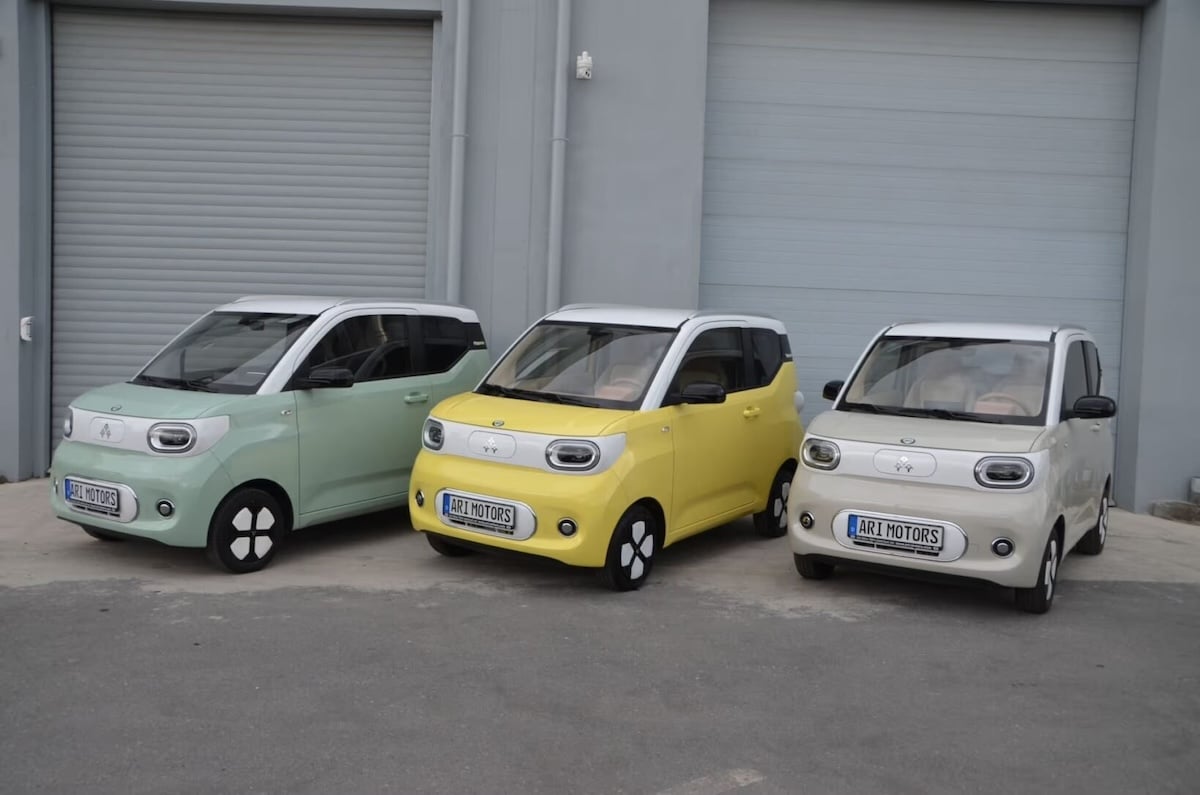Ari Bruni: A Small Chinese Electric Car with a Not-So-Minimal Price

Presented as an affordable electric city car, the Ari Bruni makes its debut in Germany, but the price is not what was expected.
The Ari Bruni is the European version of the Wuling Hongguang Mini EV. It is a Chinese micro-city car that revolutionized the market with its price under 5,000 euros. Imported by Ari Motors, this car retains its compact 3-meter size and 4 seats, adding modern features such as a central screen and refined finishes.
Under the hood, a 15 kW motor allows it to reach a top speed of 90 km/h. Plus, a 17.3 kWh battery gives it a range of 215 km. Its consumption is quite modest: 9.9 kWh/100 km.
Another advantage? It is accessible from age 16 with a B1 license. The Ari Bruni also stands out as the first quadricycle offering four seats on the European market.
A price that raises doubts
Despite its strengths, the pricing of the Ari Bruni raises concerns. In China, this vehicle is sold from 5,000 euros, but in Germany, its price jumps to about 19,000 euros including VAT. This price directly rivals traditional electric cars like the Dacia Spring, available from 16,900 euros.
Furthermore, compatibility with European infrastructure is limited. Its Chinese charging port requires a costly adapter (€2,400), making recharging on public stations inconvenient. Lastly, amenities such as air conditioning or power steering remain optional.
While its design and compactness will appeal to city dwellers, its price could hinder adoption. The Ari Bruni reflects the challenges of adapting Chinese vehicles to Europe: technical standards, pricing, and consumer expectations. An ambitious gamble, but its success remains uncertain.
Also read: Does an electric car consume more in Europe than in China?
This page is translated from the original post "L’Ari Bruni : une petite voiture électrique chinoise à prix pas si mini" in French.
We also suggestthese articles:
Also read





